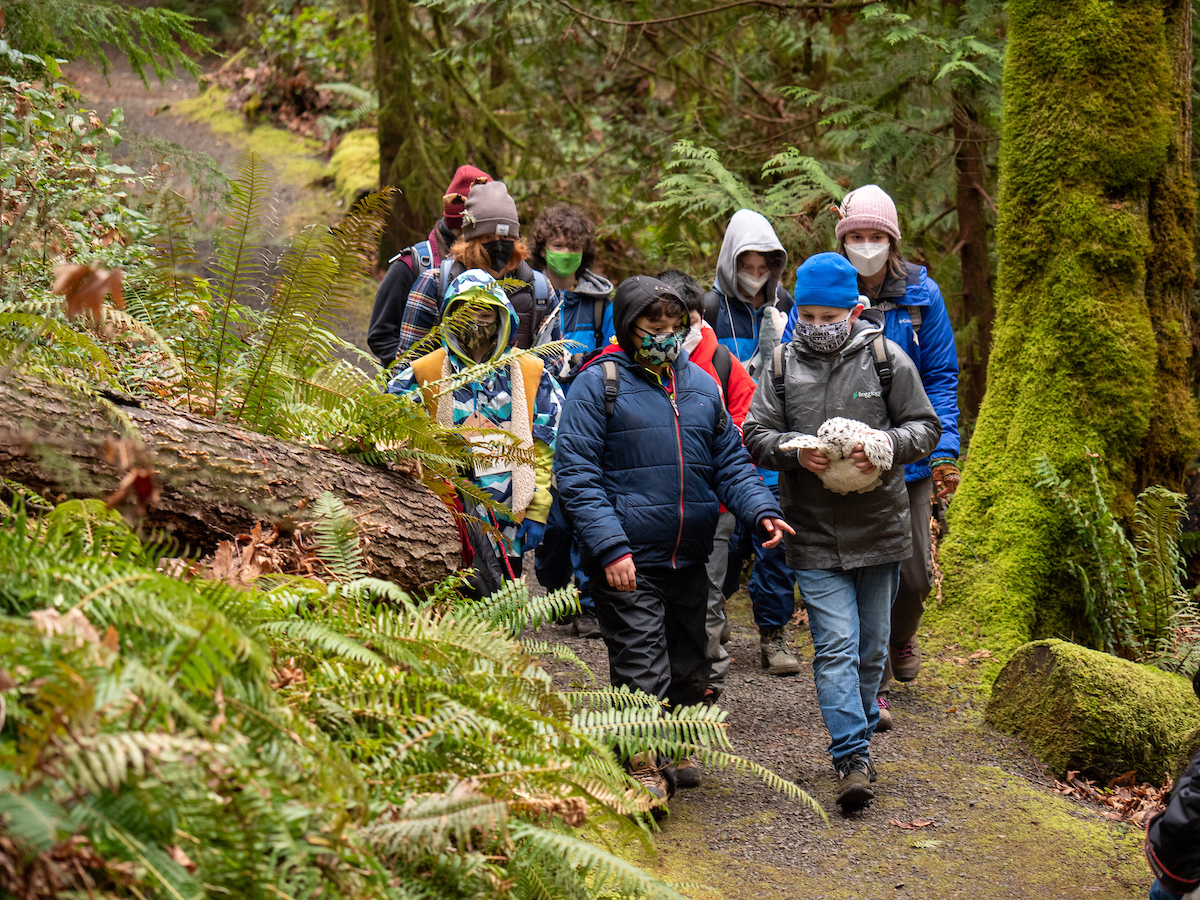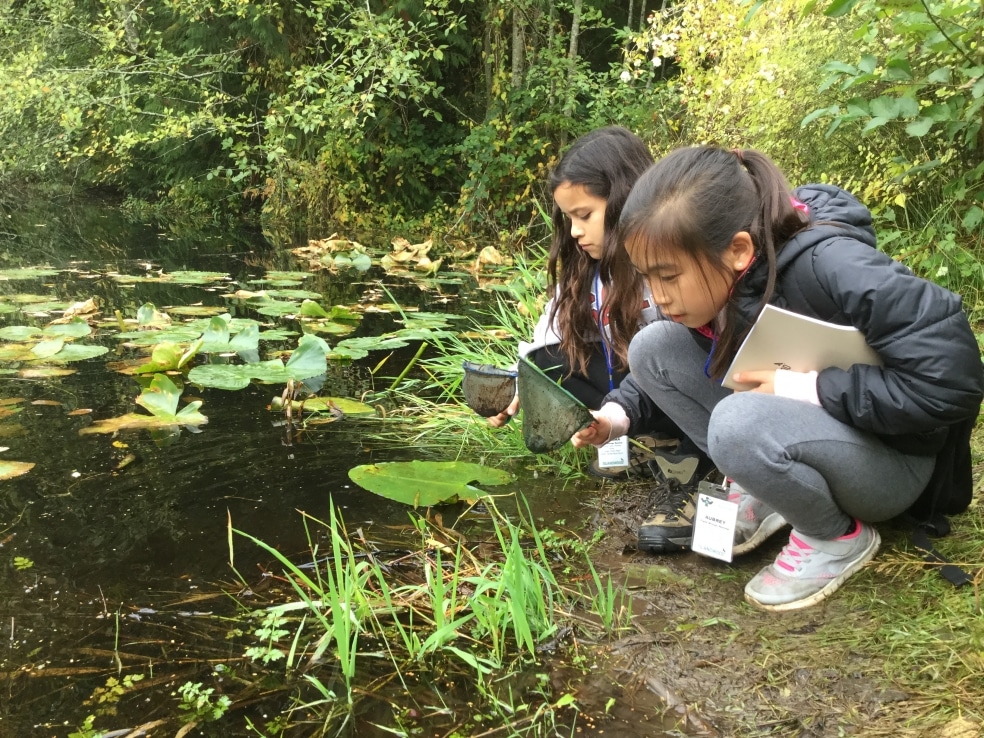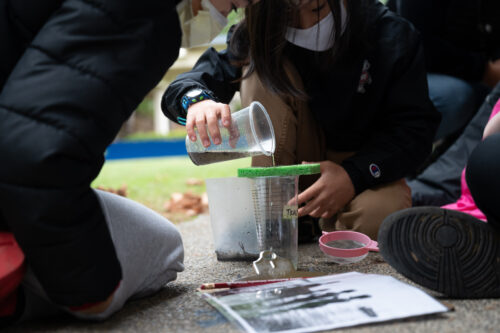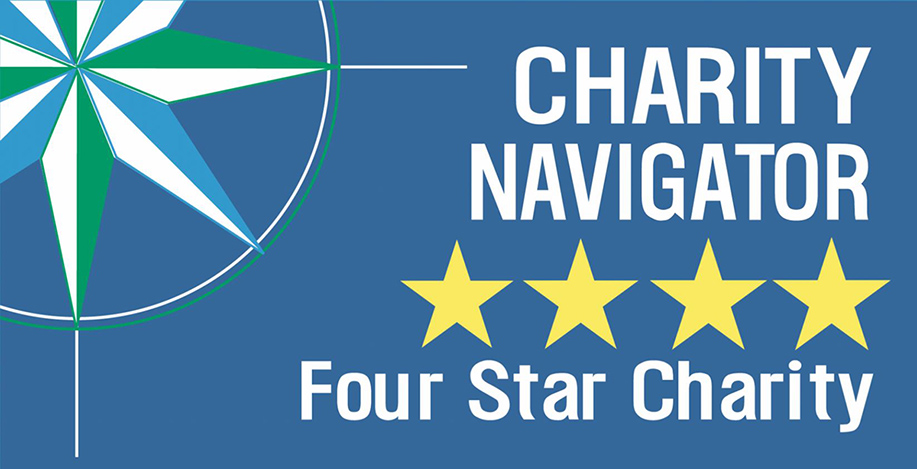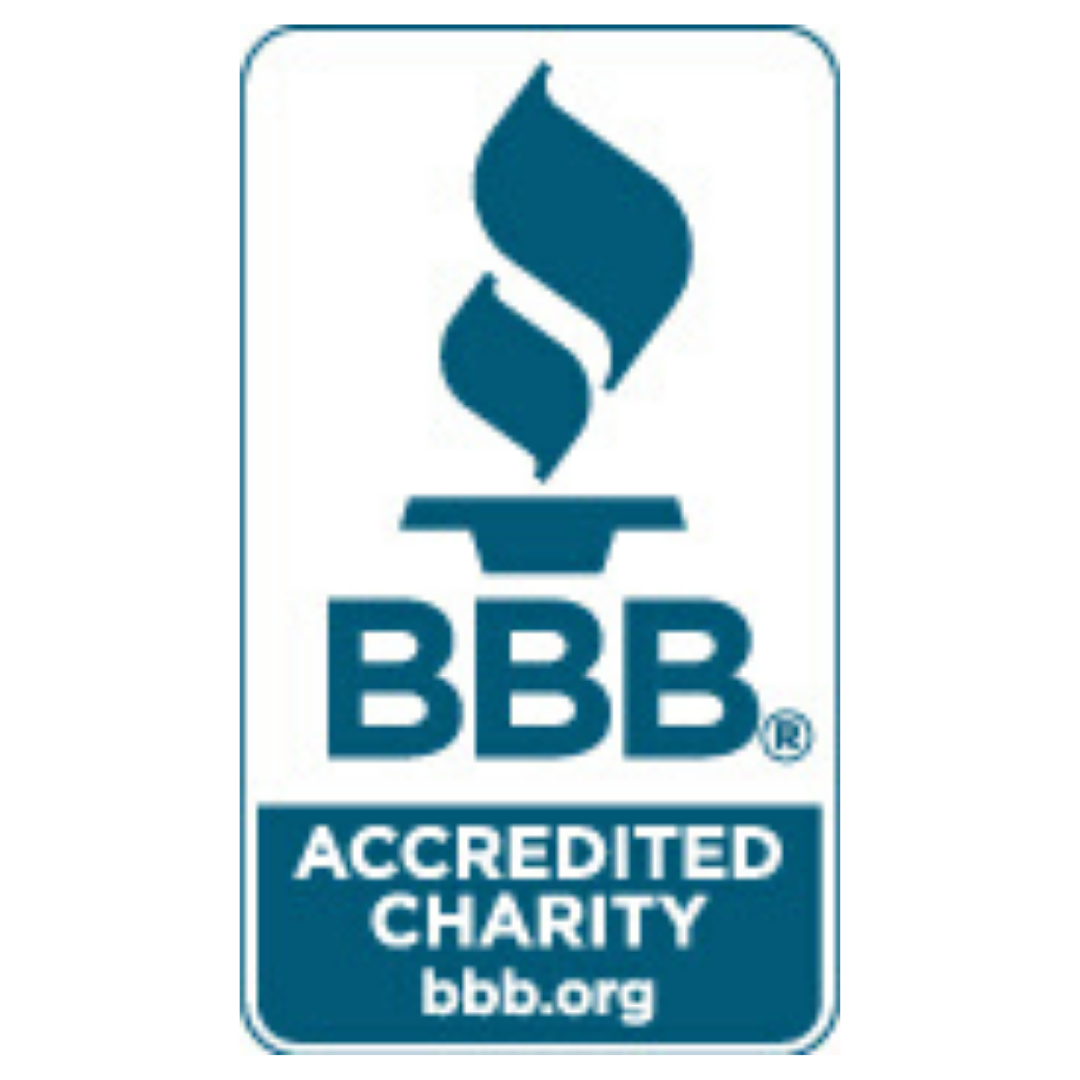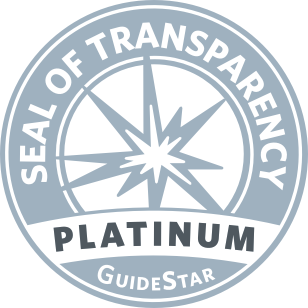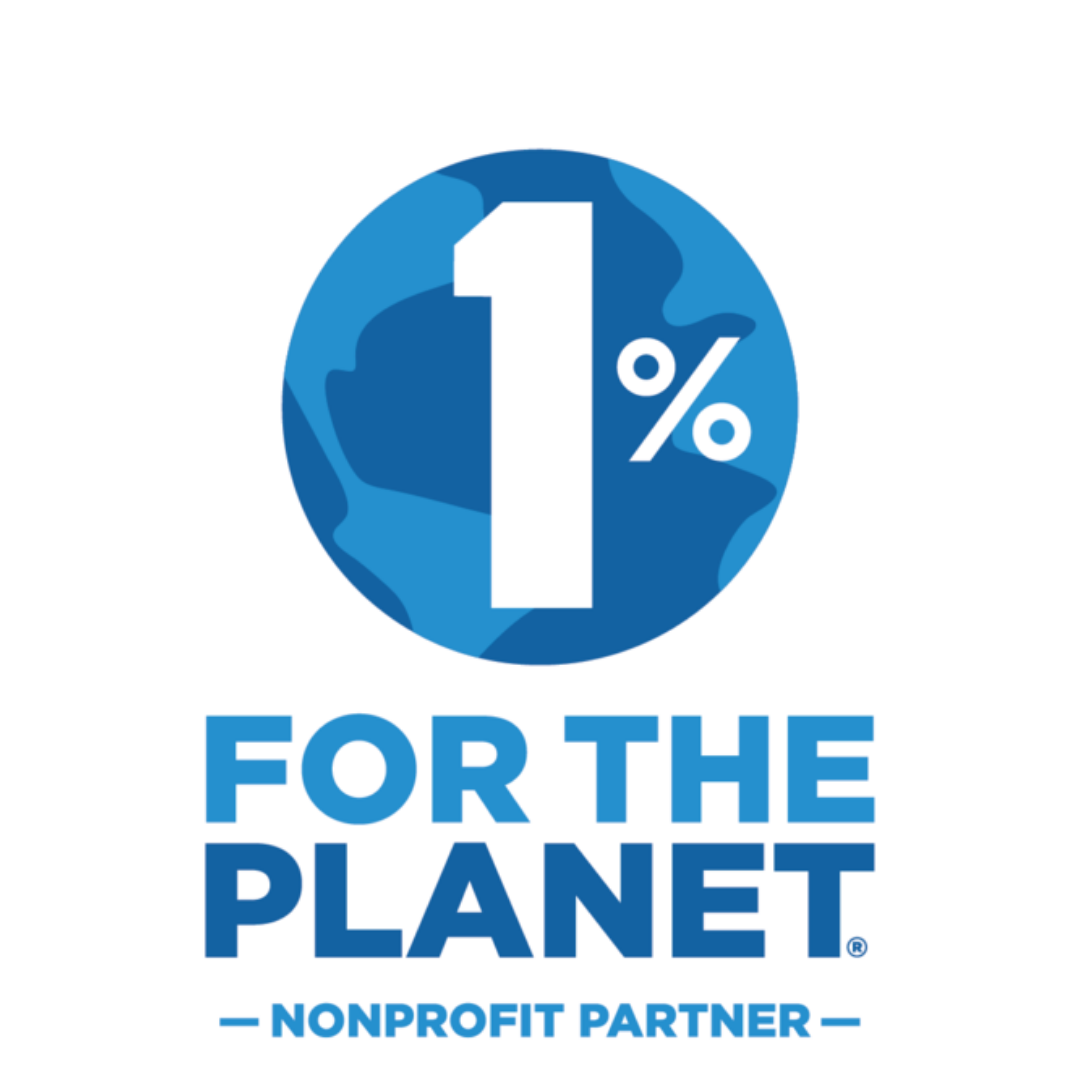IslandWood graduate students were featured in this recent Seattle Times article about House Bill 2078
This past winter, Hyla Middle School science and math teacher Alex Guest, an alum of the IslandWood Graduate Program in Education for Environment and Community and a former Staff Instructor for the School Overnight Program, brought a group of 16 students from Hyla Middle School to IslandWood to create a land acknowledgment for their school.
The visit to IslandWood was part of a course that Alex had designed in collaboration with her fellow faculty member Emilio DeSabato as part of Hyla’s annual “mini term” – a weeklong exploration of various topics related to a central theme. Their course, titled “Whose Land?”, focused on indigenous rights and land ownership.
We recently caught up with Alex to learn about the process of creating this course, her approach to discussing land rights with middle school students, and why she chose IslandWood to help foster important and challenging conversations about identity and race.
Note: A land acknowledgement is a formal statement recognizing and honoring the relationship between Indigenous people and the land they have resided on since time immemorial. Land acknowledgments are created in order to demonstrate respect, act as a reminder of the ongoing process of colonization of Indigenous lands, and resist the erasure of Indigenous peoples. Providing a land acknowledgment is also a traditional practice of many Indigenous communities and individuals. You can learn more about land acknowledgements here and here.
How did you decide to work with your students to create a land acknowledgment as part of your mini-term course?
Initially, I wanted to do a native plants project, thinking about what the word “native” means when we talk about plants, and what the word “invasive” means. And then in thinking about this word “native,” I thought about the issue of native land rights here where we’re standing today. So I decided to focus there.
How did you decide to bring your students to IslandWood to create their land acknowledgement?
![[Image description: four students look at the house post in IslandWood's Great Hall.]](https://islandwood.org/wp-content/uploads/2020/03/IMG_0901-225x300.jpg)
[Image description: four students look at the house post in IslandWood’s Great Hall.]
Earlier in the week, we went to the Duwamish Longhouse in Seattle, and I knew that IslandWood’s Great Hall was built to look like a longhouse. I also wanted to talk to students about [Upper Skagit elder] Vi Hilbert’s connection to the Duwamish longhouse and to IslandWood.
I rolled it out to them in terms of the structure of the Great Hall being a land acknowledgment. It doesn’t involve words, but it’s acknowledging structures that have existed on this land since time immemorial. And by being in the Great Hall, we can think more deeply about what it is like to be a person who is occupying this space.
Did your students know about the concept of land acknowledgments beforehand? If not, how did you explain the importance to them?
A lot of students knew about the Suquamish and Duwamish people, and they had ideas about treaties and how land has been taken and has shifted ownership over time, but in large part they didn’t know about land acknowledgments.
We showed them a video where they learned more about land acknowledgements, and the clip featured native people who discussed why land acknowledgements are powerful to them.
I also wanted us to talk about the word “acknowledge” and what it means to be acknowledged. So when we went to IslandWood, students each brought a family heirloom or a family tradition to share, to help us get to know each other a little bit better. I wanted them to experience the feeling that when someone knows a little bit more about you, that detail about you feels acknowledged and you feel more a part of community.
One child brought his father’s tie. His dad had brought this tie to his medical residency interview, and then he had carried it all the way through an Ironman [Triathlon]. Another girl brought a sweater that had been knitted by her grandmother before her father immigrated here from China, and she shared about why that sweater was important to her dad.
We also connected the stories that we heard from the storyteller at the Duwamish Longhouse to this idea of being acknowledged by sharing a little bit about our own family histories with each other.
Can you describe the process of creating the land acknowledgment with your students?
We started out by giving the students examples of other land acknowledgments. There’s this cool land acknowledgement project that’s happening in Toronto where there are these big city block signs, and you put your hand in a space where a hand print is, and around the circle that your hand is in it says whose land you are currently on.
![[Image description: a student looks at the house post in IslandWood's Great Hall.]](https://islandwood.org/wp-content/uploads/2020/03/IMG_0902-225x300.jpg)
[Image description: a student looks at the house post in IslandWood’s Great Hall.]
We also used a few simple land acknowledgement templates that were just, like, “You are on [blank] land.” So students filled those templates in with “Indigenous” or “Suquamish” or “Native.”
And then they wrote their own. We actually have three, because they worked in small groups. We haven’t decided yet which one we want to adopt as Hyla’s land acknowledgment, but we will.
How did your students respond to this process?
I think it was really challenging for some of them to encounter feelings around settler colonialism and what that means to them. Students really struggled with feelings of white guilt, around, like, “This isn’t my fault directly, but I feel bad.” And without ever necessarily hearing the terms “white fragility” or “white guilt,” experiencing those sensations and and talking about them out loud was challenging and also really powerful.
We also talked about pronouns, like when you’re saying “us” or “we” or “them” or “they,” who are you talking about? You have to acknowledge your words, and often we hide behind our lack of specificity. That was interesting and challenging to press kids about, like, “Who are you talking about?” That was cool and hard.
I talk to kids sometimes about how you need to strike the balance between being kind and being right. So that was a concept we used [in our discussion], and also an idea John Haskin [IslandWood’s Senior Vice President for Education] once shared with my grad class, which is the idea of being hard on ideas but soft on people. Like, I can disagree with an idea you have, but I don’t disagree with you and your personhood. And it’s interesting how quickly conversations about race can cut to your personhood.
What would you like other educators to know about helping their own students craft land acknowledgments?
It was important to us to reach out to the Suquamish tribe. One of the things that we had difficulty with was wanting to bring in native voices to this process, but also wanting to pay folks for their time. So we thought a lot about how we could balance that out. Also, we tried to make sure to reach out to people ahead of time to acknowledge that their lives are busy.
I also think it’s important to explore questions like, “Whose land are we on?” “What does it mean to acknowledge something?” “What is land?” All of these details. Something we talked about was, “What does ‘indigenous’ mean?” “What are we talking about when we’re talking about trees or settler colonialism?”
So we went about it in this keywords direction as well—do kids have enough knowledge about how these words are used to be able to put them together on their own?
Something that we didn’t do quite as much as I think would have benefited our students was setting up discussion norms. We got into discussions that we hadn’t planning on having, and that’s where we got into the misunderstanding of pronouns in terms of “us” and “them.” So I think it’s important to be prepared for the unplanned conversations, because they will come up.
Please note that this post was last updated on 3/6/2020. Some details, including job title or place of employment, may have changed since then.
Check out the gallery below to read the land acknowledgments that Alex’s students created!

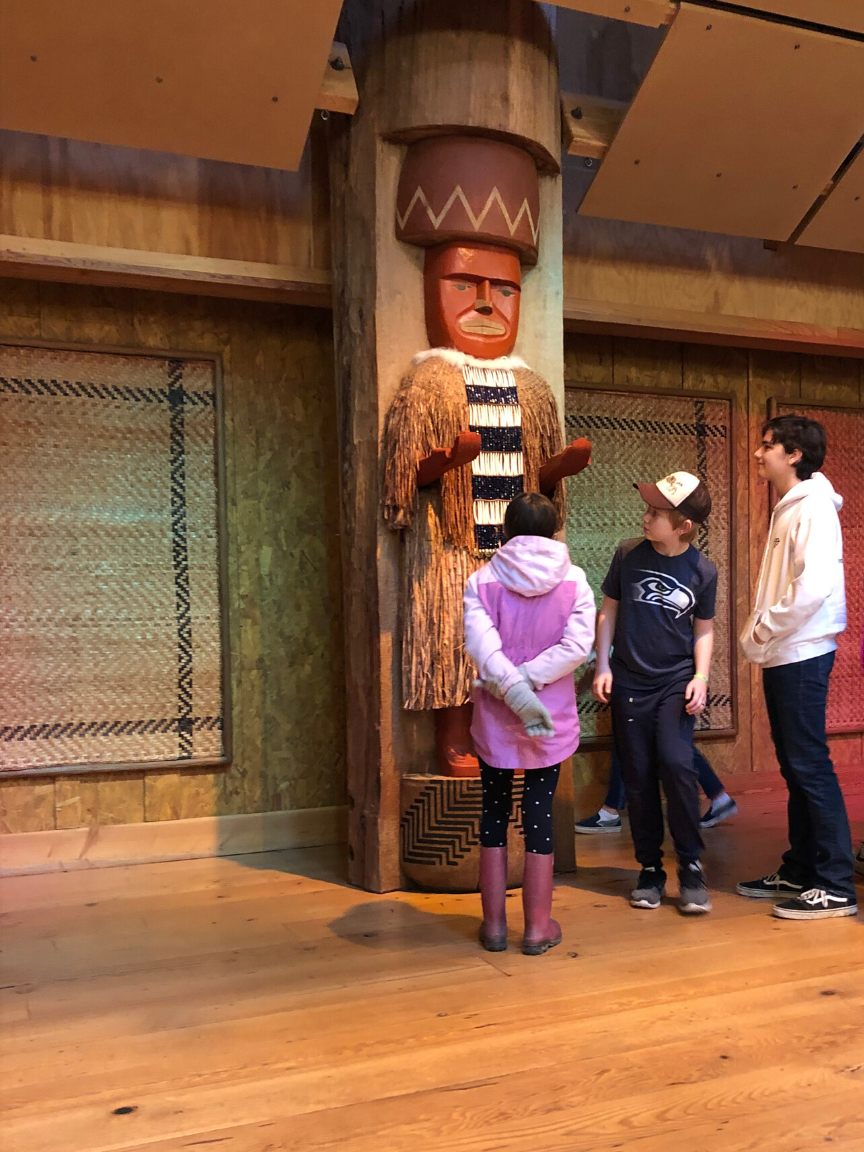
![IMG-1250 [Image description: one of the land acknowledgments that the Hyla Middle School students created. The text reads: "We would like to acknowledge that we live and learn on the land of the Suquamish people, who have lived here since time immemorial."]](https://islandwood.org/wp-content/uploads/2020/03/IMG-1250.jpg)
![Untitled design - 2020-03-04T160050.581 [Image description: one of the land acknowledgments that the Hyla Middle School students created. The text reads: "We acknowledge and respect the Suquamish Tribe whose land Hyla was built on. In 1854 European settlers began to establish themselves in the Puget Sound area. The U.S. government decided to make a treaty with the Indian tribes so that the white settlers could take their native land (Washington territory). The Indians had already claimed most of the land and reserved the smaller reservations. The Boldt Decision 1974 case heard in the U.S. district court stated that Indians had the right to fish anywhere on their traditional land or off their land even if it was not their land."]](https://islandwood.org/wp-content/uploads/2020/03/Untitled-design-2020-03-04T160050.581.png)
![Untitled design - 2020-03-04T160112.595 [Image description: one of the land acknowledgments that the Hyla Middle School students created. The text reads: "We as a community acknowledge that Hyla Middle School is on the ancestral territory that the Suquamish people have lived and cared for since time immemorial. We recognize that this culture is not gone, and the Suquamish people are still here and continue to practice their ancient traditions today"]](https://islandwood.org/wp-content/uploads/2020/03/Untitled-design-2020-03-04T160112.595.png)
![Untitled design - 2020-03-04T160131.156 [Image description: one of the land acknowledgments that the Hyla Middle School students created. The text reads: "We at Hyla Middle School would like to acknowledge the Suquamish Nation who has cared for this land since time immemorial. By recognizing and acknowledging the people whose land we live on, we can ensure the bright future of this culture."]](https://islandwood.org/wp-content/uploads/2020/03/Untitled-design-2020-03-04T160131.156.png)
